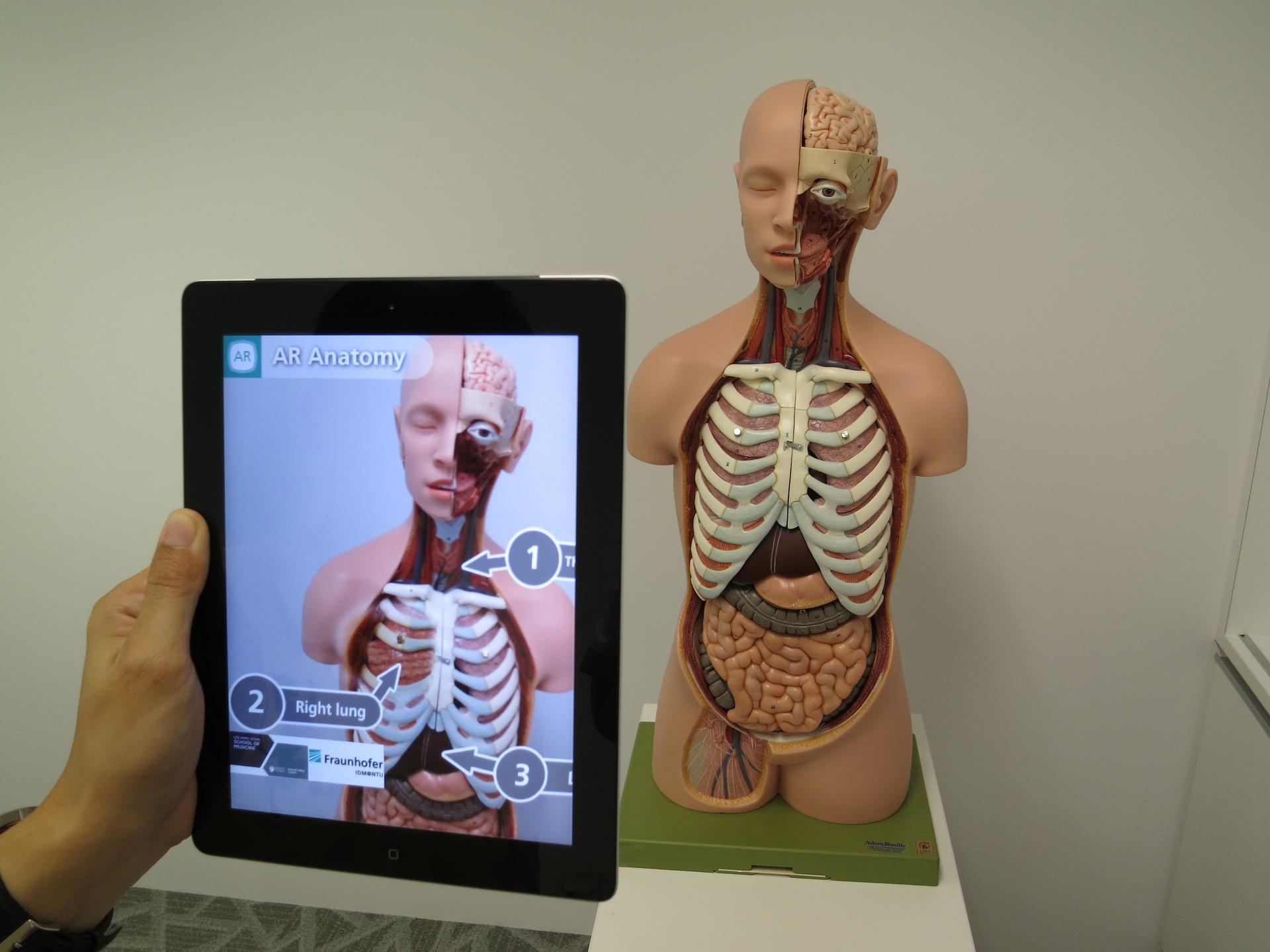Many of us still picture flying cars and lightspeed space travel when we think of futuristic innovation. In reality, though, some of the most thrilling advances in technology have come in unexpected, seemingly mundane places–like instruction manuals.
Artificial intelligence, already a game changer for translation, has finally made its way to the world of manuals, which range from complex technical guides to standard HR handbooks. Can the application of augmented reality (AR) take instruction manuals from tedious to tech-savvy?
What is augmented reality (AR)?
AR uses technology to create a 3D, interactive experience by overlaying computer-generated elements onto our existing view of the real world. Apps like the super-popular game Pokémon Go, for example, rely on AR to superimpose elaborate images and animations upon users’ everyday surroundings.
Unlike virtual reality (VR), which tends to require headsets and other specialized tech to immerse people in a totally separate reality, AR works with tablets and smartphones. This accessibility has encouraged a wide range of businesses, museums, and more to turn to AR as a way of appealing to customers.
Cutting-edge translation technology
AR first entered the realm of translation as a key feature of live translation apps. The Google Translate app, for example, uses AR to support real-time camera translation: anyone can point their smartphone camera at a sign, menu, or other piece of text to receive an instant translation. Meanwhile, just this week, Snapchat introduced an AR-enabled lens to help users learn American Sign Language.
As AR continues to rest on the cutting edge of translation progress, national governments are also getting in on the action. In 2021, DARPA—the U.S. Defense Advanced Research Projects Agency—issued a $5.8 million contract for an AI system capable of scanning instruction manuals and converting them into AR.
Why use AR to translate manuals?
Combing through hundreds of physical pages simply can’t compare to the convenience of learning instructions in the blink of an eye.
With drastically reduced amounts of text in favor of graphics, AR manuals promise easier updates, improved storage, and smoother translation than bulky paper manuals. These features help companies reduce costs and keep pace with rapidly changing products. Notably, AR manuals make it quicker and less complicated to deliver documentation to consumers in their native language.
AR manuals also help users avoid errors and save time. If you’ve ever spent hours trying to build a piece of furniture, you can imagine how much easier it might have been with an AR system showing you what to do step-by-step. It’s no surprise that global companies like Mercedes-Benz have invested in AR apps that offer a more fun and more functional way to show customers worldwide how to use their products.
Looking to the future of AR
AR technology is exciting, but not yet widely available. As the AR industry grows, engineers and designers must work to flush out the common bugs that plague AR systems, and businesses must invest time and money in transitioning from old-school manuals. In the meantime, the best option is to utilize translators that already have a wealth of specialized experience in technical manuals. A quality translation service will set you up in the best position to take advantage of AR if and when it does arrive.






